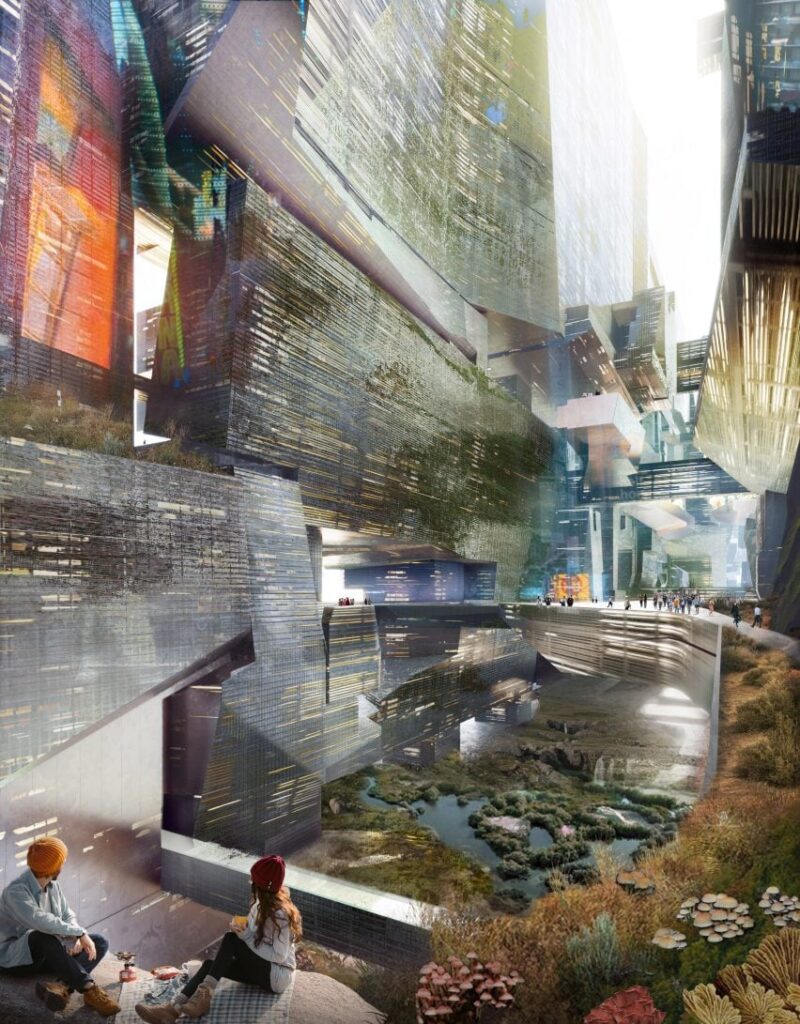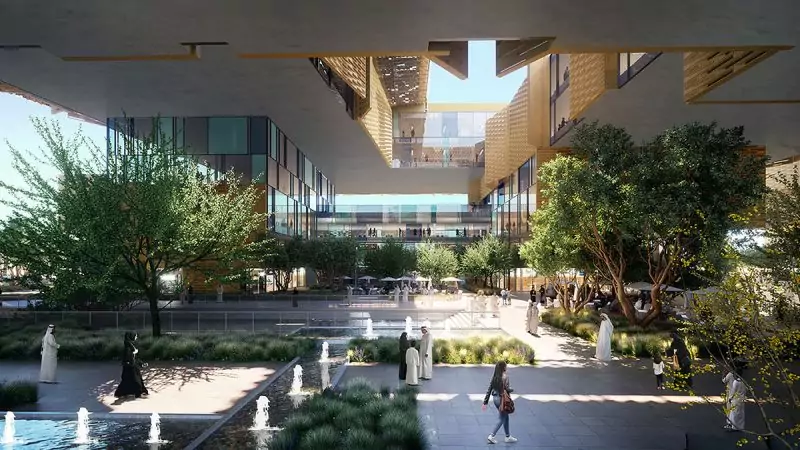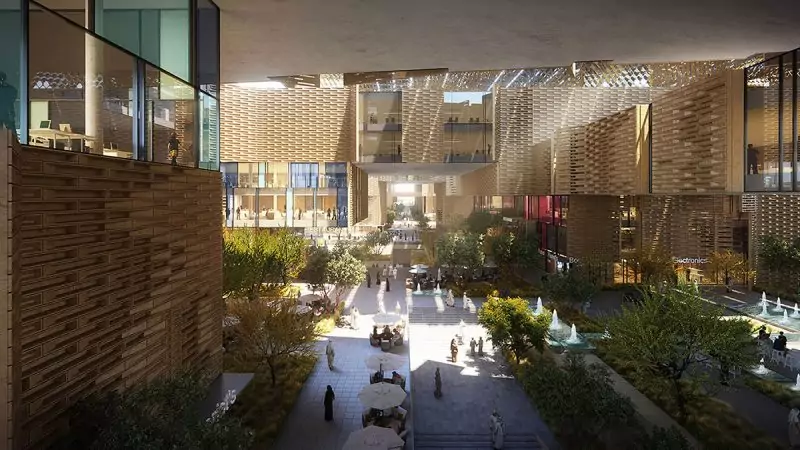Sustainable urban design is the concept of designing or repairing cities to reduce environmental degradation and resource depletion.
It can be applied to new or existing urban areas, but can also be applied to the rehabilitation of existing buildings, neighborhoods and communities.
Sustainable urban design initiatives are often used to improve economic, social and environmental conditions.
By combining environmental planning and sustainable development,
urban planners emphasize the use of clean technologies that reduce dependence on fossil fuels, reduce greenhouse gas emissions, conserve energy, save water resources, and improve air quality.

The importance of environmental urban design
Ecological urban design is crucial to the success of any city.
It has been called “city making” and has gained momentum in recent years to address many of the challenges that cities face today.
One of its primary goals is to make cities more sustainable by encouraging smarter use of land and conservation of resources.
The goal of an architect or city planner is to reduce or eliminate pollution caused by urban development activities by using natural resources such as water, sun, wind, vegetation, and soil.
Not only does it protect the environment and natural resources,
but it can also create a positive impact on the community, because it includes the different aspects that define a city, including:

- • Its built form and infrastructure
- • Urban mobility
- • Economic competitiveness
- • Social equality
- • Communications
- • Waste management
- • Energy consumption
- The role of environmental planning in sustainable development
Environmental issues affect everyone on a global scale, but implementing sustainable solutions to these problems can be difficult.
There are many challenges associated with green city planning,
but many architects and planners continue to work towards finding sustainable solutions for the future.
The city planning process includes the vision of designers, technical requirements for implementation, and other stakeholders.
Designers must also be responsible for designing an implementable plan that takes into account the environment.
This may include changes to zoning regulations, permitting processes, or building guidelines.

How to make the city environmentally friendly
In a world where global warming is a real threat, cities are responsible for a large share of total greenhouse gas emissions.
To help alleviate this problem, we need to make our cities more environmentally friendly.
To make the city environmentally friendly, we need to reduce the consumption of natural resources and increase the use of renewable energy.
We must also design our buildings to be more energy efficient.
And we can use solar panels to heat water and generate electricity, reducing the need for non-renewable fuel sources.
We must also focus on using green transportation systems such as public transportation or electric cars, which will reduce greenhouse gas emissions.
Greenhouse gases are one of the main causes of climate change.
We can also invest in sustainable farming systems to help create sustainable food sources,
build healthier homes, and a productive ecosystem.

Environmental planning and sustainable development
It is important that we understand the environmental impacts of our choices and take the necessary steps to create a more sustainable, clean, and healthy environment for all living things.
An eco-friendly city is one that has been planned to minimize environmental damage.
Cities may reduce their greenhouse gas emissions, use clean energy sources, recycle waste, and more.

The process of making a city more environmentally friendly can also include improving infrastructure or changing the way residents live.
Developing more eco-friendly cities will help alleviate global problems such as climate change and pollution.
More on INJ Architects:

Comments are closed.